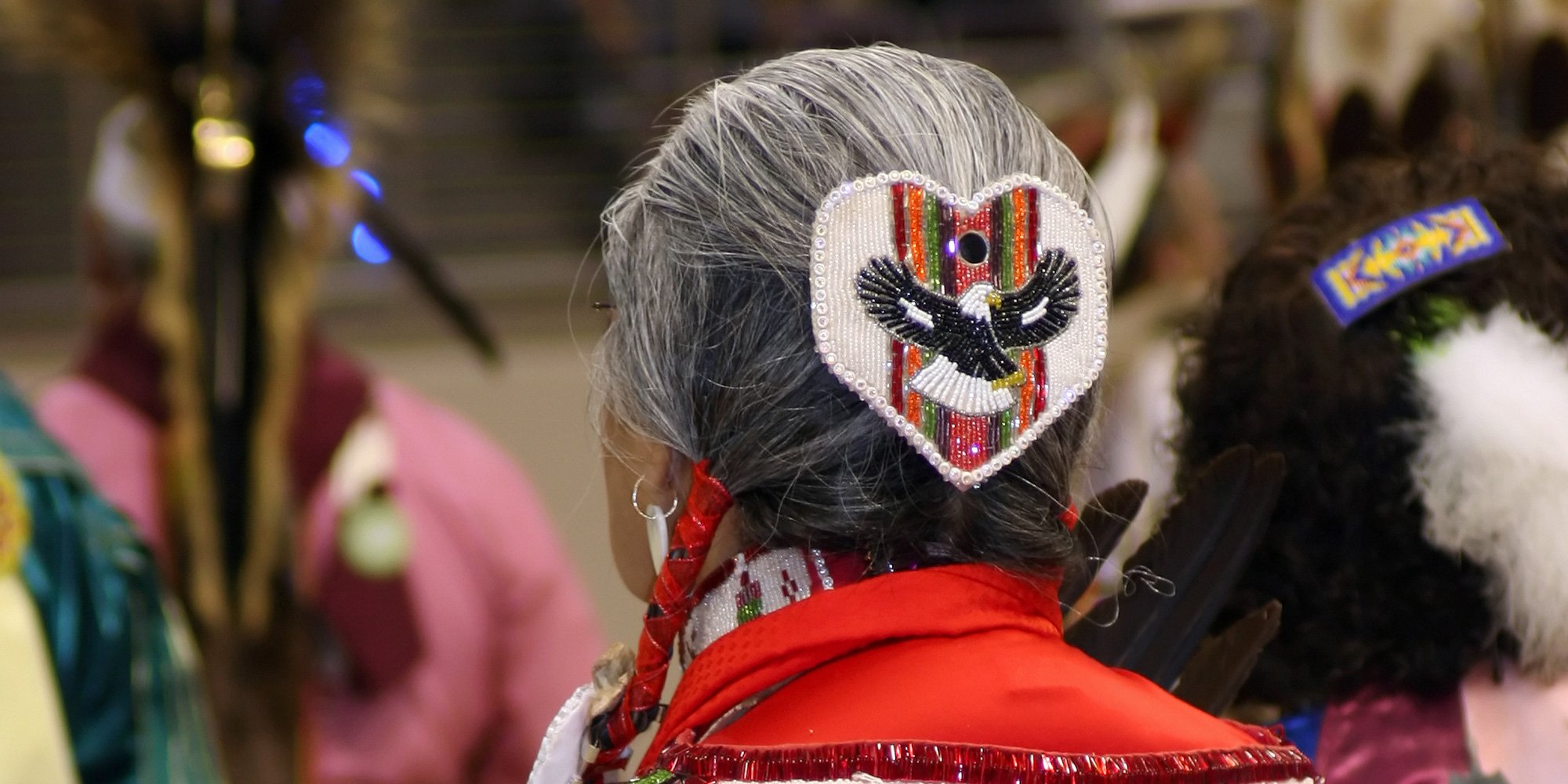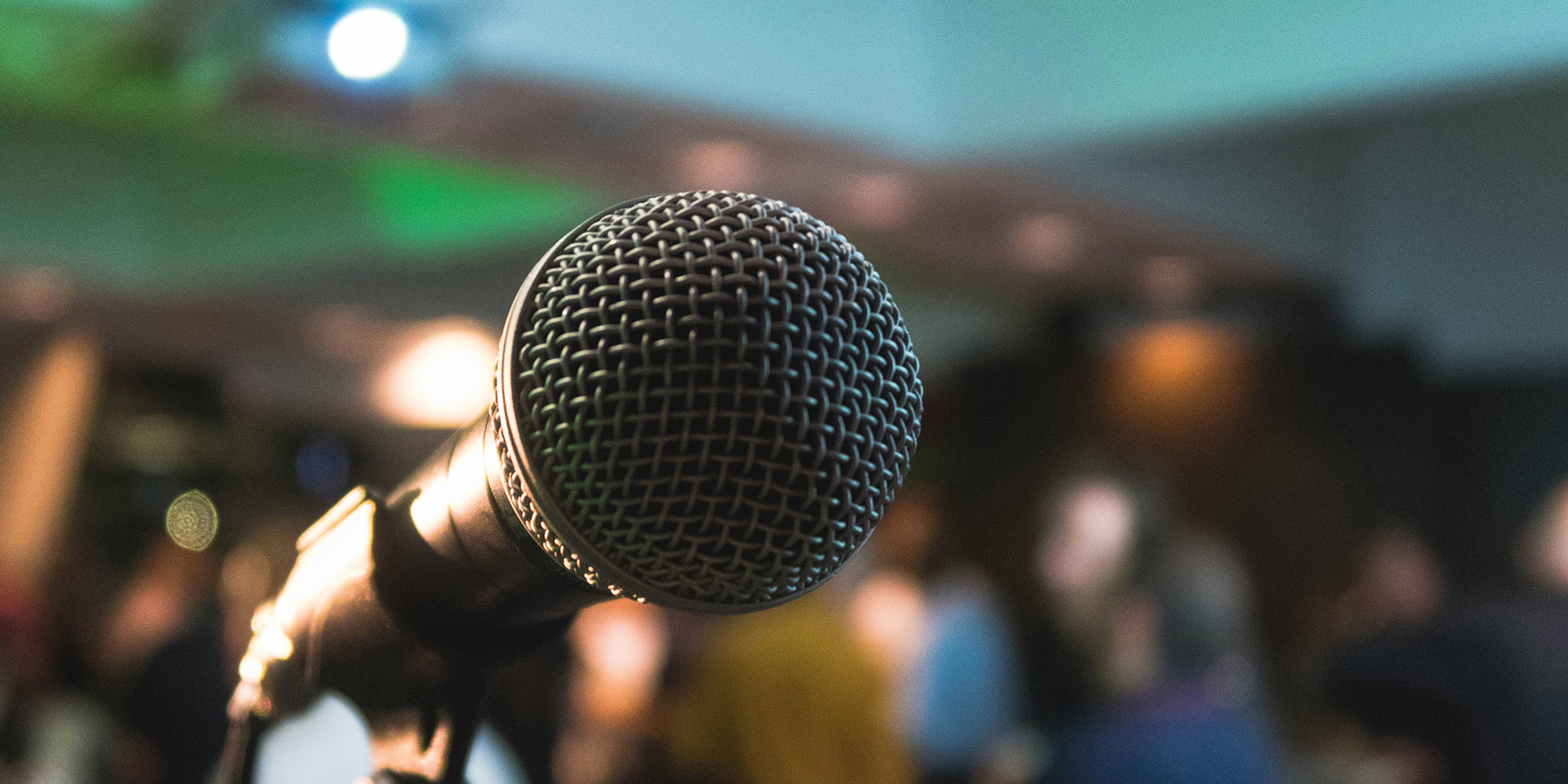Why Aboriginal Stakeholder Engagement Is Bad on Your Business Card
In this article, we talk about why Aboriginal Stakeholder Engagement is a bad term to have on your business card and what you can do about it. This...

 Allison Rippin Armstrong, Director of Lands and Environment, Kaminak Gold Corporation, has nearly 20 years of experience working in permitting, regulatory processes and environmental compliance working for resource companies, Aboriginal organizations and NGOs. She is a strong advocate for early engagement and enduring consultation with Aboriginal communities. Allison kindly spent some time with workingeffectivelywithaboriginalpeoples.com to talk about why early engagement is so important.
Allison Rippin Armstrong, Director of Lands and Environment, Kaminak Gold Corporation, has nearly 20 years of experience working in permitting, regulatory processes and environmental compliance working for resource companies, Aboriginal organizations and NGOs. She is a strong advocate for early engagement and enduring consultation with Aboriginal communities. Allison kindly spent some time with workingeffectivelywithaboriginalpeoples.com to talk about why early engagement is so important.
When is the best time to engage with an Aboriginal community on whose traditional land you are working or plan to work? Before you start your program; before you disturb the ground. It is critical that you understand each community and what their land means to them so that you can be respectful of significant areas and traditional usages. Kaminak engaged with the Tr’ondëk Hwëch’in (TH) First Nation before equipment was on the ground. We believe in early engagement but I know a lot of companies shy away from it because there is a misconception that engagement is onerous and costly.
I understand some companies also shy away from developing comprehensive exploration agreements early on in a project. What are your feelings on this? Exploration agreements are a great way to spell out the various processes thereby providing certainty to both the company and the Aboriginal community. Our Exploration Agreement with TH includes the engagement process and TH’s expectations in terms of engagement and consultation; it includes the process on how traditional knowledge will be gathered, shared and protected; we have a dispute resolution process; and we have employment and business opportunities which includes the hiring process.
Is Aboriginal engagement a one-off process? No, effective engagement is a continuous dialogue.
What is one of the most common oversights you see the exploration sector making when developing their environmental monitoring programs? Our industry often overlooks the fact that Aboriginal people traditionally have a holistic view - they look at the big picture and how everything in it relates, our industry tends look at the individual components in order to build the big picture.
I don’t think the current of way of developing environmental monitoring programs really works. The community needs to be involved in the program design. If you find out from the community members what the land means to them now, historically and in the future that knowledge could change the way that project is designed. Currently, environmental assessment information is gathered, put in a binder and handed to the community for them to review. They should not be reviewers or interveners only - they should be contributors.
What is your preferred approach to the environmental monitoring? I want the community to work with me on the design of the monitoring program, to participate in the monitoring, to review the data they have helped collect so that when we submit our mine proposal they know the project - I don’t want it to be an exercise of consultation after the project is designed. This level of engagement reduces risk to a project.
What are your best pieces of advice for exploration companies that want to do work effectively with an Aboriginal community?
If you enjoyed this article, you may also enjoy Aboriginal Engagement - International Association of Public Participation
We also offer courses on consultation and engagement. If you are interested, please contact us.

In this article, we talk about why Aboriginal Stakeholder Engagement is a bad term to have on your business card and what you can do about it. This...

In this article, we provide the definition of Indigenous Elder and answer some specific questions people ask us in our Working Effectively with...

I was invited by the International Association of Public Participation to speak on Aboriginal Engagement at their Annual General Meeting in Vancouver...